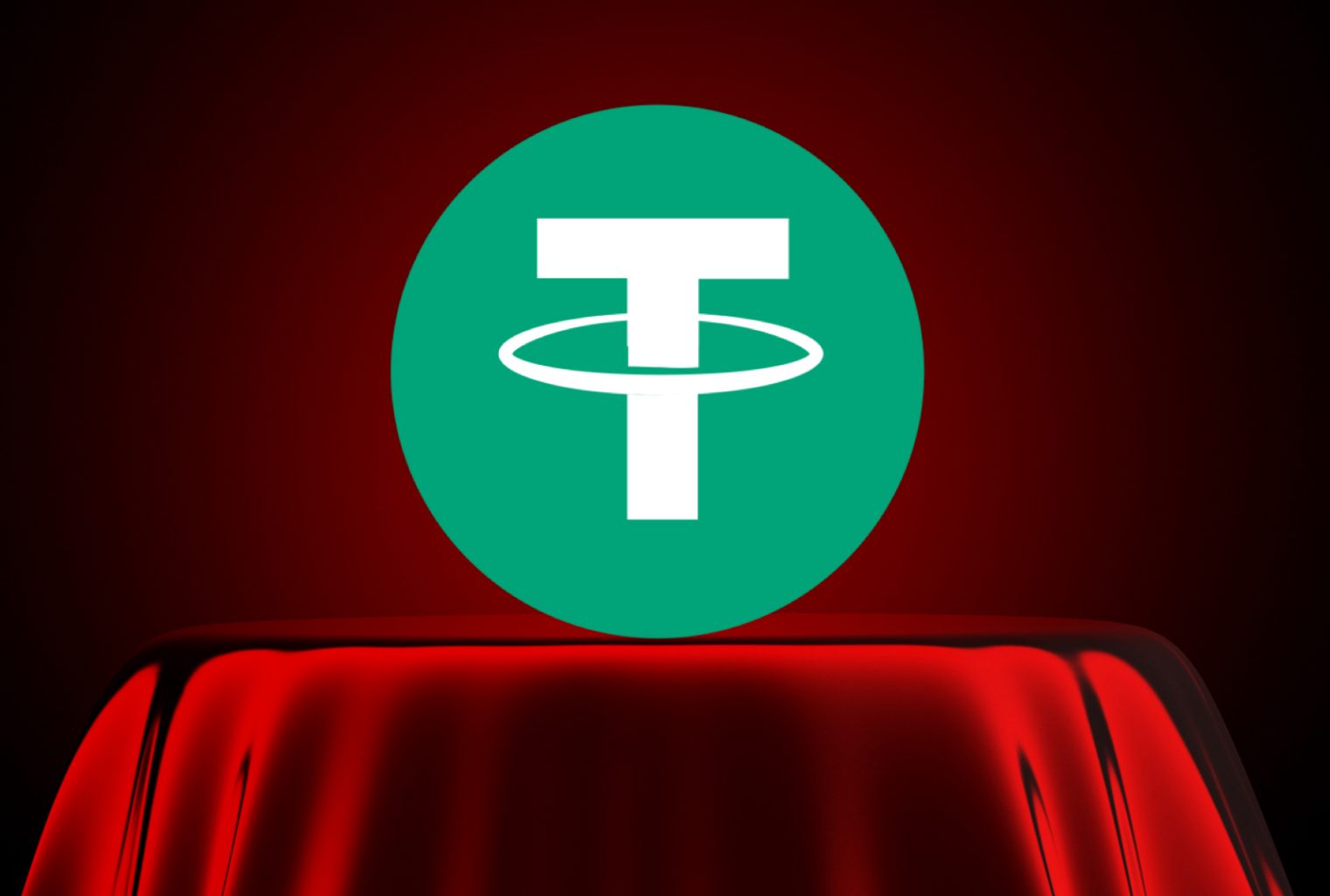Tether Marks 10th Anniversary with Documentary Showcasing USDT’s Role in Fighting Inflation
07.10.2024 13:00 2 min. read Alexander Stefanov
Tether has announced the upcoming release of a documentary highlighting the role of its stablecoin, USDT, in combating inflation, coinciding with the company’s 10th anniversary.
The trailer features testimonials from users in high-inflation countries like Turkey, Brazil, and Argentina, showcasing how they leverage USDT to manage their financial challenges.
The documentary positions USDT as a viable alternative to the US dollar, with one Brazilian user claiming that it accounts for nearly 90% of daily transactions in the country. In 2023, the adoption of USDT in Brazil surged, representing 80% of all cryptocurrency transactions there.
Launched on October 6, 2014, Tether was initially founded by Brock Pierce, Reeve Collins, and Craig Sellars under the name Realcoin. The project aimed to create a stable digital asset pegged to fiat currencies, allowing seamless global transfers via blockchain technology. Initially, USDT operated on the OmniLayer platform built on Bitcoin but has since expanded to multiple blockchains, including Ethereum, Tron, and The Open Network.
With a market capitalization of $120 billion, USDT remains the largest stablecoin and the third-largest cryptocurrency overall, following Bitcoin and Ethereum.
In a post on X, Tether’s CEO, Paolo Ardoino, described the company as a beacon of resilience and stability, emphasizing its mission to empower individuals and communities, especially those underserved by traditional banking systems. He stated that Tether aims to provide financial solutions for those “left behind” in the economic landscape.
-
1
Weekly Recap: Key Shifts and Milestones Across the Crypto Ecosystem
06.07.2025 17:00 4 min. read -
2
Trump Imposes 50% Tariff on Brazil: Political Tensions and Censorship at the Center
10.07.2025 7:00 2 min. read -
3
Key Crypto Events to Watch in the Next Months
20.07.2025 22:00 2 min. read -
4
USA Imposes Tariffs on Multiple Countries: How the Crypto Market Could React
08.07.2025 8:30 2 min. read -
5
UAE Regulators Dismiss Toncoin Residency Rumors
07.07.2025 11:12 2 min. read
Two Upcoming Decisions Could Shake Crypto Markets This Week
The final days of July could bring critical developments that reshape investor sentiment and influence the next leg of the crypto market’s trend.
Winklevoss Slams JPMorgan for Blocking Gemini’s Banking Access
Tyler Winklevoss, co-founder of crypto exchange Gemini, has accused JPMorgan of retaliating against the platform by freezing its effort to restore banking services.
Robert Kiyosaki Warns: ETFs Aren’t The Real Thing
Renowned author and financial educator Robert Kiyosaki has issued a word of caution to everyday investors relying too heavily on exchange-traded funds (ETFs).
Bitwise CIO: The Four-Year Crypto Cycle is Breaking Down
The classic four-year crypto market cycle—long driven by Bitcoin halvings and boom-bust investor behavior—is losing relevance, according to Bitwise CIO Matt Hougan.
-
1
Weekly Recap: Key Shifts and Milestones Across the Crypto Ecosystem
06.07.2025 17:00 4 min. read -
2
Trump Imposes 50% Tariff on Brazil: Political Tensions and Censorship at the Center
10.07.2025 7:00 2 min. read -
3
Key Crypto Events to Watch in the Next Months
20.07.2025 22:00 2 min. read -
4
USA Imposes Tariffs on Multiple Countries: How the Crypto Market Could React
08.07.2025 8:30 2 min. read -
5
UAE Regulators Dismiss Toncoin Residency Rumors
07.07.2025 11:12 2 min. read


